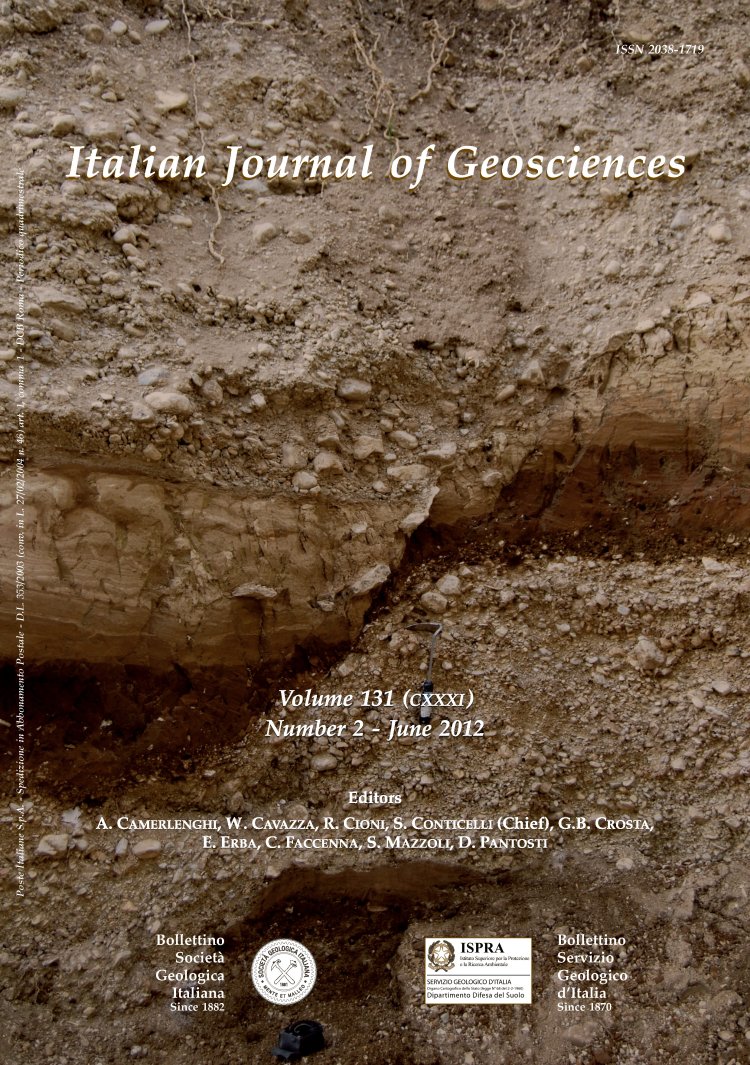
Geothermal and rheological regime in the Po plain sector of Adria (Northern Italy)
Alfio Viganò(1), Bruno Della Vedova(2), Giorgio Ranalli(3), Silvana Martin(4) & Davide Scafidi(5)
(1) Dipartimento di Ingegneria Civile e Ambientale, Università degli Studi di Trento, Via Mesiano, 77 - 38123 Trento, Italy. Corresponding
author: E-mail: alfio.vigano@ing.unitn.it; tel: +39 0461 282610; fax: +39 0461 282672.
(2) Dipartimento di Ingegneria Civile e Architettura, Università degli Studi di Trieste, Via Valerio, 10 - 34127 Trieste, Italy.
(3) Department of Earth Sciences and Ottawa-Carleton Geoscience Centre, Carleton University, 1125 Colonel By Drive, Ottawa K1S 5B6, Canada.
(4) Dipartimento di Geoscienze, Università degli Studi di Padova, Via Gradenigo, 6 - 35131 Padova, Italy.
(5) DipTeRis, Università degli Studi di Genova, Viale Benedetto XV, 5 - 16132 Genova, Italy.
Abstract
Keywords
Get Full Text